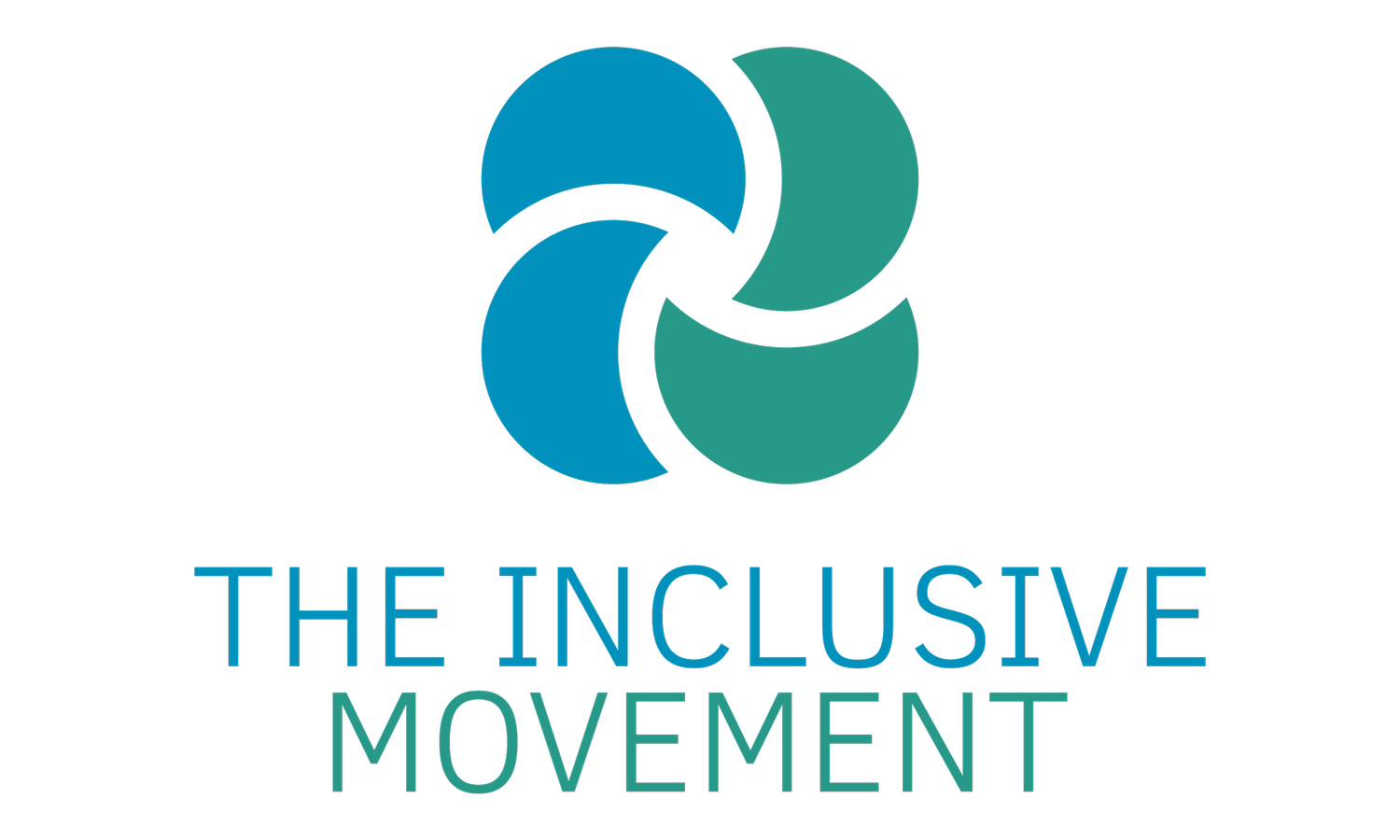Federal Budget 2025–26: What It Means for the Disability Community
The 2025–26 Federal Budget introduces significant investments aimed at strengthening the National Disability Insurance Scheme (NDIS) and supporting individuals with disabilities. Here's a breakdown of the major allocations:
1. Reforming the Information, Linkages, and Capacity Building (ILC) Program
Investment: $364.5 million over five years (2024–25 to 2028–29), with an ongoing commitment of $150 million annually from 2029–30.
Purpose: To redesign the ILC program, enhancing its consistency, quality, and national coverage. The reformed program will focus on:
Individual capacity building
Family capacity building
Community capacity building
Information and advice
Emerging practice and independent evaluation
These supports aim to complement additional foundational supports co-funded with states and territories.
2. Enhancing Fraud Detection and NDIA Systems
Investment: $151 million over four years (2025–26 to 2028–29), with $43.8 million per year ongoing from 2029–30
Purpose: To strengthen the National Disability Insurance Agency’s (NDIA) systems by:
Enhancing fraud detection information technology systems
Improving processes to detect, prevent, and respond to fraud
This program has already identified over 2,100 providers with problematic claiming behaviors.
3. Initiating Foundational Supports and Workforce Strategies
Investment: Funding has been allocated to begin work on foundational supports and workforce strategies, although specific figures are not detailed in the budget documents.
Purpose: To develop and implement foundational supports for individuals not eligible for the NDIS and to address workforce challenges within the disability sector.
❓ Unanswered Questions and Considerations
While these investments are promising, several aspects still require further clarification:
1. Details of Foundational Supports
The exact nature, scope, and implementation timeline of foundational supports remain undefined.
There is a need for a national agreement outlining the responsibilities of federal and state governments in delivering these supports.
2. Workforce Strategy Specifics
Details on how the workforce strategy will address existing challenges, such as staffing shortages and training, are not specified.
Clarification is needed on measures to improve job mobility and conditions for disability support workers.
3. Impact on NDIS Participants
How these reforms will directly affect current NDIS participants, particularly concerning plan management and eligibility criteria, is not fully outlined.
Further information is needed on how the reforms will ensure that supports remain participant-centered and responsive to individual needs.
4. Housing Accessibility
What steps will be taken to address the shortage of accessible and affordable housing for people with disabilities?
5. Response to the Disability Royal Commission
How does the government plan to act on the remaining recommendations from the Royal Commission to improve the lives of people with disabilities?
As the implementation of these budget measures progresses, continued engagement and feedback from the disability community will be crucial to ensure that reforms meet the needs of all stakeholders.
Our votes matter. Let’s make change happen.
5.5 million Australians with disability.
706,000 NDIS participants.
Millions more friends, family and allies
📌 Staying Informed
To keep updated on developments:
NDIS News Hub: Regular updates on policy changes and announcements.
Department of Social Services: Detailed budget documents and reform plans.
Disability Advocacy Organizations: Groups like People with Disability Australia (PWDA) and the Australian Federation of Disability Organisations (AFDO) provide analysis and advocacy on these issues.
